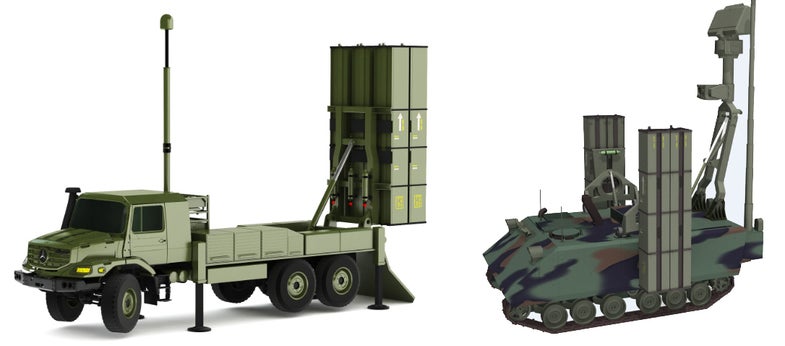After Airspace Violation, Turkey Wants To Produce Its Own Anti-Air Weapons
New missiles clear skies when let loose

What goes up, sometimes must be shot down. Last week, Turkish F-16 fighters shot down a Russian jet near the Syrian border, sparking fears of escalation and revealing just how contested the skies are near the war-torn country. In response, Russia announced that it was deploying powerful, long-range anti-air missiles to Syria to protect its own aircraft. Now, Turkey says it wants to develop its own high-tech weapons for punching airplanes out of the sky.
Turkey, a member of the NATO military alliance, has backed out of contracts with both Chinese and, more recently, American and European suppliers. Instead it appears Turkey will turn towards a collaboration between state-owned defense companies, Roketsan and Aselsan. As with most technologically advanced weaponry, it is faster and often cheaper to collaborate with a country that’s already developed the weapon. Aselsan is already making both short- and medium-range anti-air missiles, which are scheduled to finish development by 2018 and should be capable of hitting targets 15 miles away and 30,000 feet above the ground. That’s enough to defend against many threats, but where a small system can defend a section of the border or an airbase, a long-range missile can cover almost an entire country.
Besides the simple power of a new missile, there’s an element of national pride at play in the long-range weapon system. Last March a Turkish government defense official told an industry gathering that “If Turkey opts for direct purchase of the system then it will be obliged to make new off-the-shelf purchases 15 or 20 years later. We will not settle for this. Our target is to gain national technological capability in the missile project.” Any new Turkish missile is likely at least a decade or two away from deployment, so Turkey researching long range weapons won’t change the situation in Syria. It does, though, along with the Russian weapon deployment, signal a future with lots of missiles waiting on the ground, and fewer planes flying.
